Humans today do not have a place in wild nature. To re-establish that connection takes purposeful observation and the will to wait. That place will become evident - in time.
by James Inabinet
Performing such a role, if indeed there can be one, might blur the line between domestic and wild and perhaps lead to a better quality of human life – and a more viable, flourishing natural world, too.
Direct experience, just quietly sitting and observing, is the first step to becoming more a part of nature. On a warm summer weekend morning not long ago, after a stressful week, I sat in the stillness of the forest looking down at a winding shallow creek. Suddenly two squirrels appeared, noisily chasing one another down a cherry tree, spiraling to the ground, disappearing. After a few seconds, the stillness returned. Their nest could be seen cradled in water oak limbs downstream. Minutes passed. Unseen jays broke the silence, their raucous calls punctuated once, as a counterpoint, by the bark of an equally unseen squirrel. Over the ensuing half hour or so I noticed several kinds of small birds silently flying sorties in and out of a huckleberry and swamp titi thicket. A hooded warbler jerkily probed her beak along wax myrtle limbs seeking something I couldn’t see. Thunder rumbled. A fence lizard that had obviously been there the whole time finally showed himself. He crawled onto a tree trunk and then pushed his body up and down to display his blue chest. Cicadas roared. As I sat, I began to feel a sense of peace and harmony. I believe that the source of this palpable peace and harmony lies in the deep relationship that all of the beings of the forest have with each other, intimately connected as they are to all the others, some as prey, some as predator, some as food-makers, some as simply “the one who makes raucous calls.” There are roles to be played in this “natural order” as each being fulfills a peculiar niche while engaged in behaviors that are in harmony with who they are, where they are, and with whom they share their forest home. Just being there makes an impression on visitors. It is these connections, I believe, and the psycho-spiritual harmony these connections produce, that one can feel as a sense of well-being. It’s a sense of beauty-producing harmony not unlike well-composed, well-played music. Each forest being is an instrument bringing its peculiar sound to contribute to the overall composition. This “rightness” must be why a forest “feels” beautiful, why it delights. It’s a sense felt more than seen, or perhaps felt first and then seen. We often lose ourselves in it. This is what flourishing is; this is what flourishing feels like to just be near it. This must be why people are drawn to nature, to feel at least a part of the spectacle. But is this the extent of the human role in a forest, as an outsider looking in? I have come to believe that humans can grow a more “nature-based” life and become more connected to nature – anywhere. It begins by intending it and with mindfully sitting and observing whatever nature has to offer (no bumbling around). That alone cannot accomplish it, though. It also requires attending-to what nature does, to how it works. Nature creates, out of herself, manifold manifestations of living beauty. By “out of herself” I mean she grows from inside; she is not made from outside. Everywhere we can look, the earth fills herself with life. From mountain tops to sea bottoms, the earth spontaneously fills every nook and cranny with beautiful life-forms – and it was good! Nature connection requires keeping this in mind so that we may have more of a share in this. The beginnings are humble, sitting and observing, mindful of what’s being looked at. In my experience, by becoming more connected we slowly attain a greater share in the beauty, harmony, and flourishing that nature is, and become energized by it. Let me repeat that: by sitting and observing nature’s abundance of living beauty, and intending to become a part of that, the harmonious, peaceful, and connected life begins to spontaneously occur. Everyone just begins where they are, physically, mentally, and spiritually. By intending the life of connection, by intending to find one’s own niche, pathways to attaining it will simply arise out of one’s deepest connected self. The seeker might be sitting in meditation and observation, perhaps in a city park, perhaps in a wild vacant lot, or maybe a really wild place, and something germane to the path will suddenly arise. When this happens, harmony and abundance can usually be felt, immediately. The connected life and what it provides is sublime; it must be intended and looked for, and that’s the beginning of growing a personal human role in nature – a human niche if you will – and a possible pathway to flourishing: thriving humans on an increasingly thriving planet. Enjoy the story?
The Shoofly Magazine relies on readers like you to publish stories like this.
Use the button below now to keep 'em coming! Comments are closed.
|
Categories
All
Archives
July 2024
|
Shoofly Magazine Partners
Our Shoofly Partners are local businesses and organizations who share our mission to enrich community life in Bay St. Louis, Waveland, Diamondhead and Pass Christian. These are limited in number to maximize visibility. Email us now to become a Shoofly Partner!

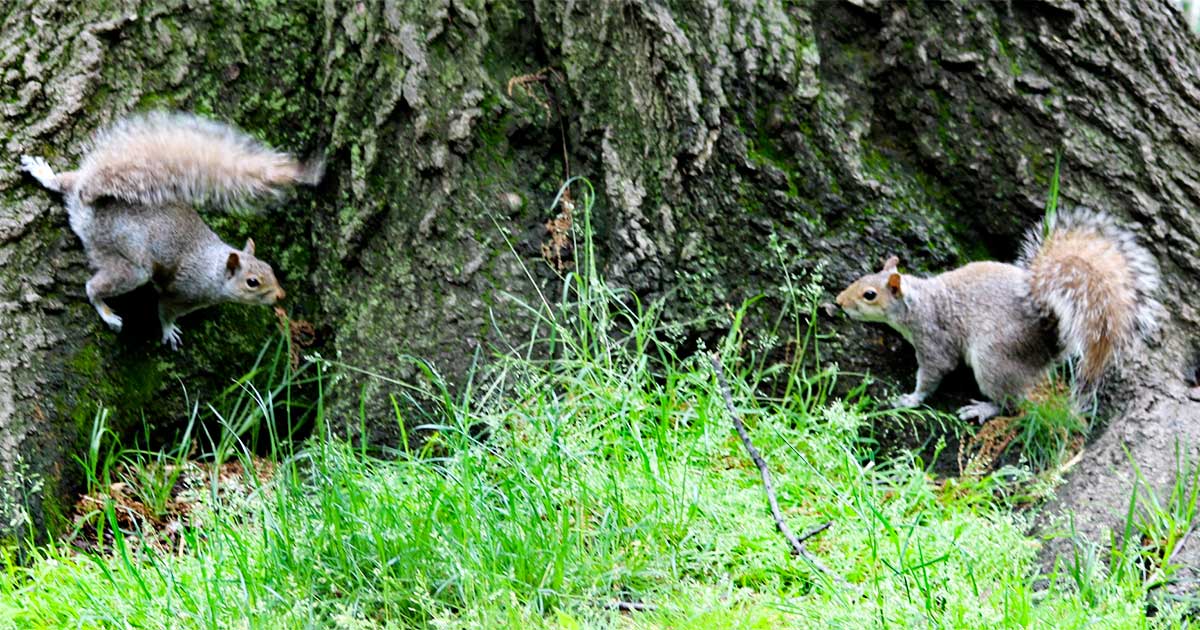


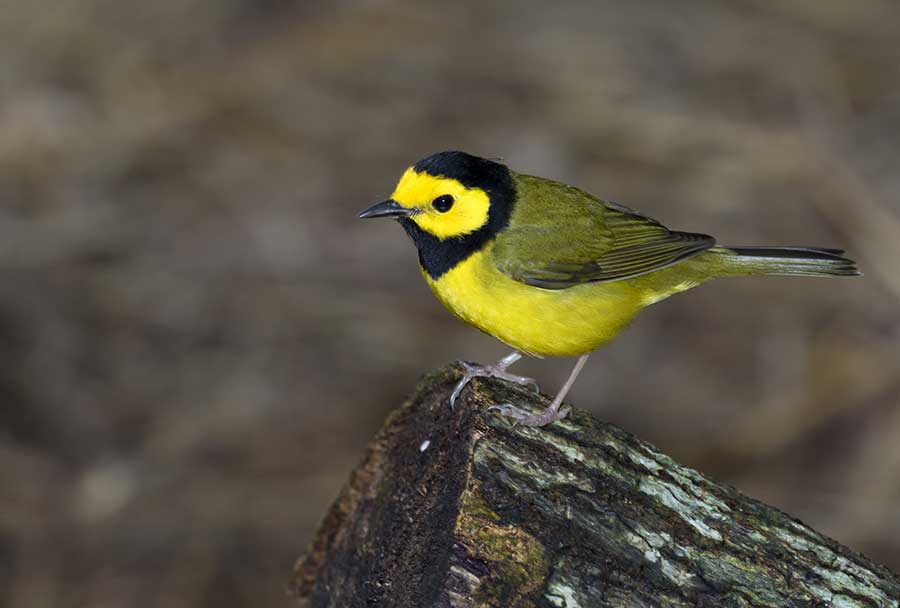
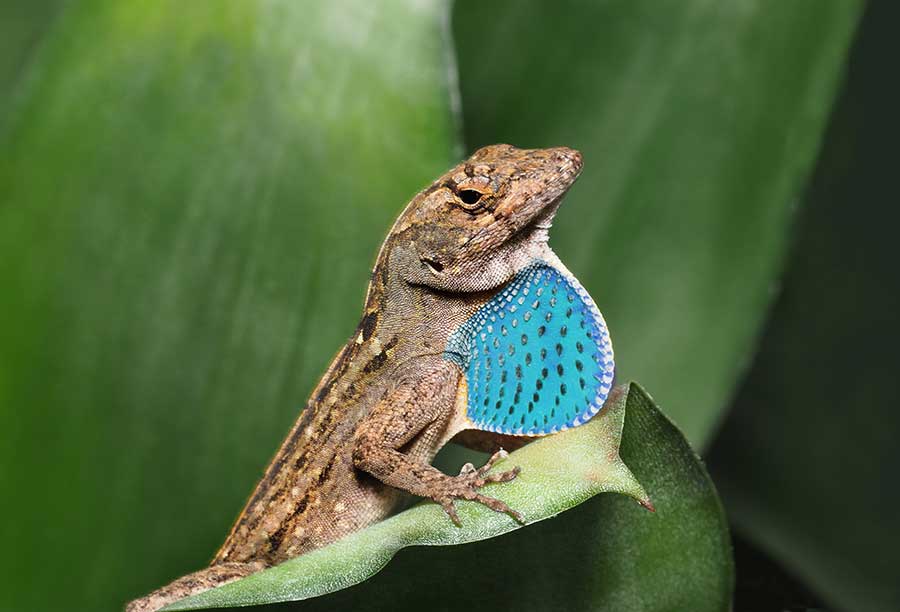
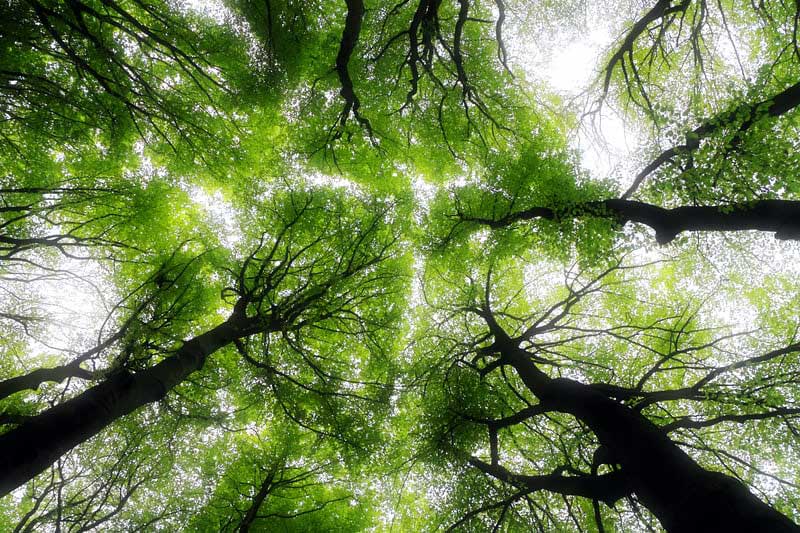
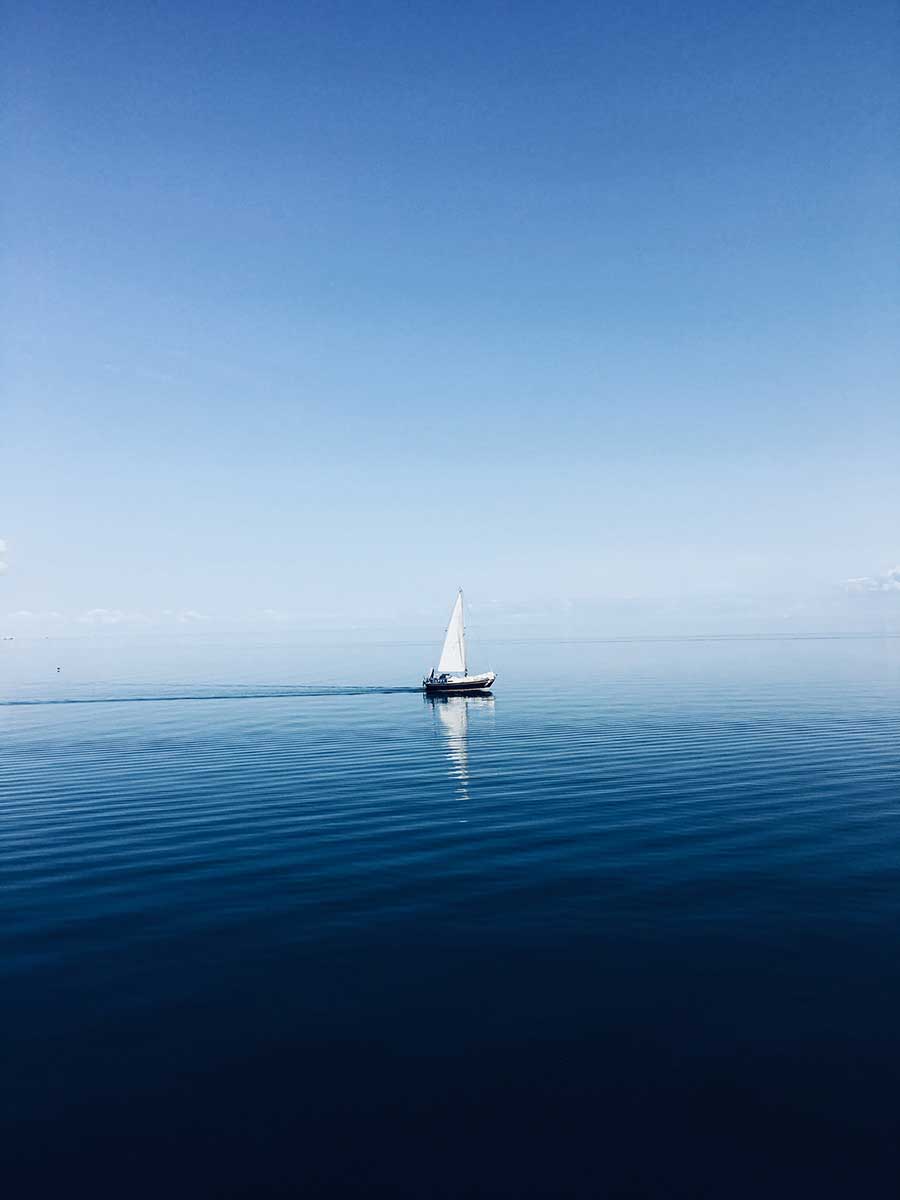
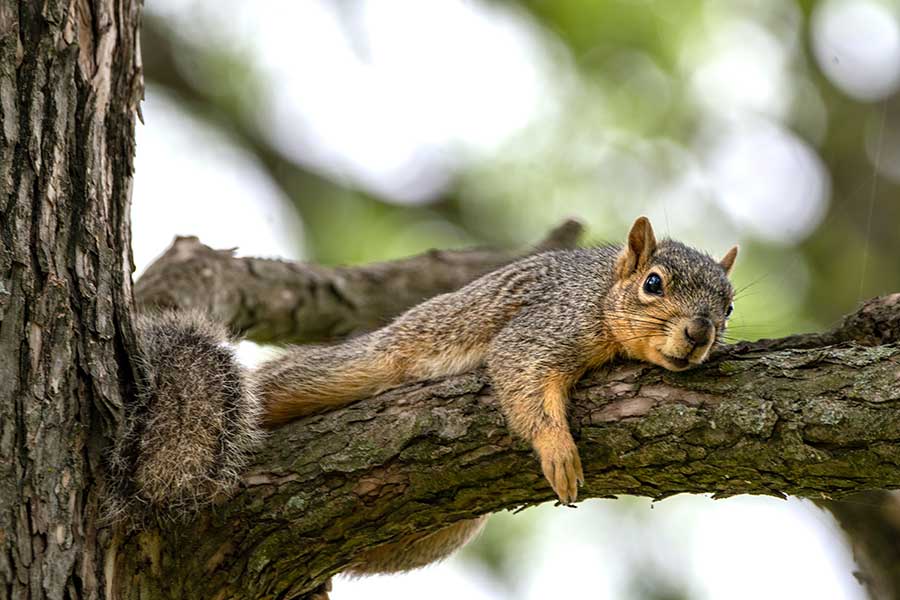


























 RSS Feed
RSS Feed























